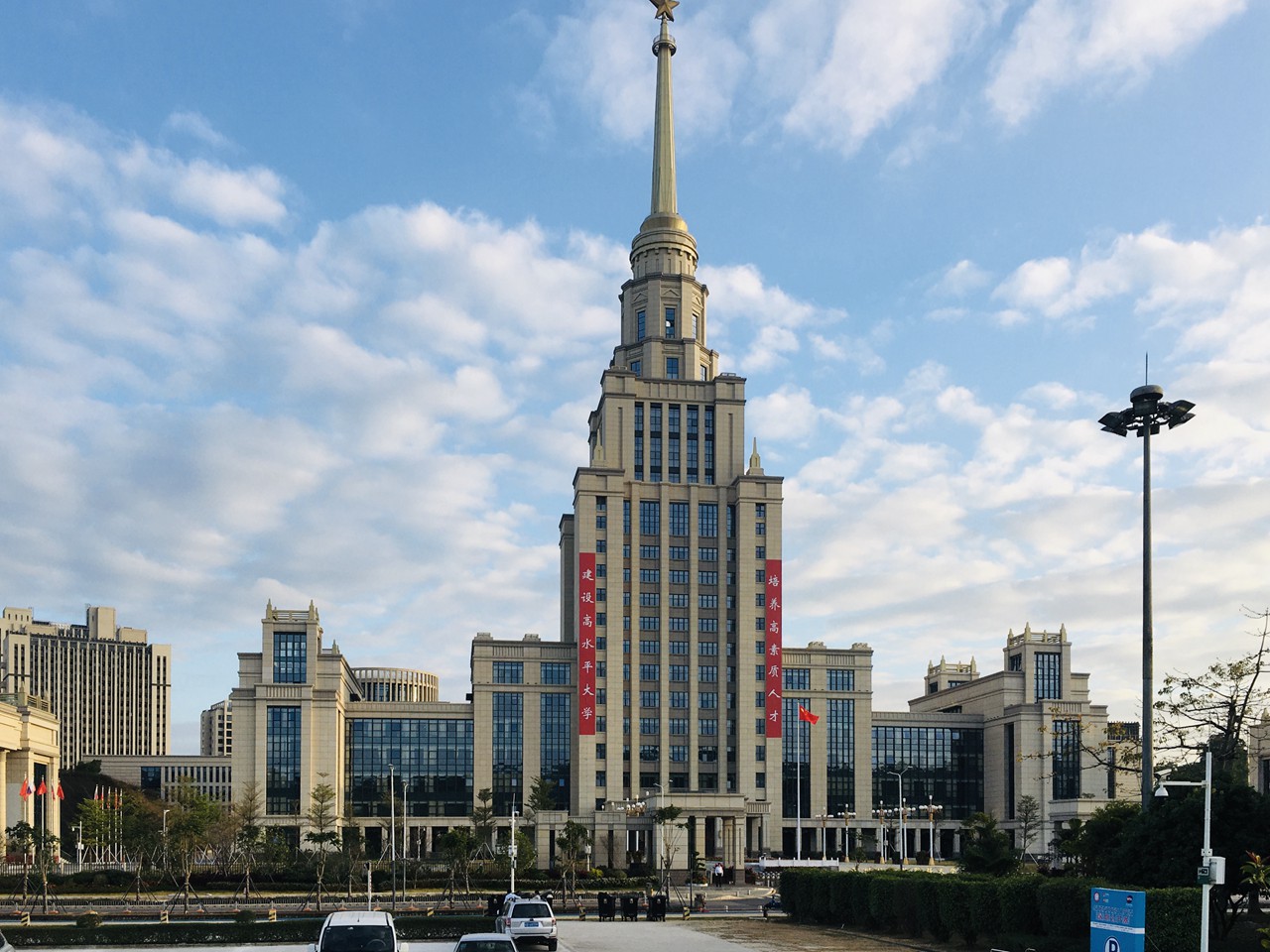City establishes 15 universities, colleges in 40 years
Writer: Wang Jingli | Editor: Holly Wang | From: Shenzhen Daily | Updated: 2020-07-20
This year marks the 40th anniversary of the Shenzhen Special Economic Zone. To mark the occasion, we are publishing a series of reports celebrating the city’s achievements in different aspects over the past four decades.
Shenzhen has established 15 universities and colleges over the past 40 years, with 113,200 full-time students currently studying on campus, according to Shenzhen Special Zone Daily.
Strategies have been implemented to speed up the development of higher education in the city after authorities studied economic and social development demands.
In recent years, Shenzhen took development opportunities to gather high-quality education resources at home and abroad by introducing foreign universities to cooperate with local universities.
The city built its first university — Shenzhen University (SZU) — in 1983 when the special economic zone had been created just three years previously.
It took only eight months for SZU to enroll the first batch of 216 students. SZU, since its establishment, has always explored innovative mechanisms to cultivate talented students.
Approved by the Ministry of Education, the Southern University of Science and Technology (SUSTech) was built in 2012.
SUSTech was the first university in the country to adopt a comprehensive enrollment policy specifying that the final grade of the applicant is calculated as 60 percent of their college entrance examinations (or gaokao) grade, 30 percent of the aptitude test grade, and 10 percent of the high school academic proficiency test grade.
Shenzhen MSU-BIT University, the first China-Russia cooperative university, welcomed the first batch of students in 2017.
Shenzhen MSU-BIT University is a nonprofit higher educational institution, an independent legal entity, jointly established by the Shenzhen Municipal Government, Lomonosov Moscow State University and Beijing Institute of Technology.

The main building of Shenzhen MSU-BIT University. Wang Haolan
The school aims to build a world-class comprehensive university with unique characteristics and is committed to developing elite education and high-level research activities.
Another cooperative higher education institution, the Chinese University of Hong Kong, Shenzhen (CUHK-SZ) was approved by the national education authority in 2014, launching a new chapter of education cooperation between Shenzhen and Hong Kong.
Xu Yangsheng, president of CUHK-SZ, said that the reason why the school chose Shenzhen is because Shenzhen represents a window to the country’s reform and opening-up policy, not only in terms of economy but also in terms of education.
Xu believed that it was the right choice to build the new campus in Shenzhen, given the city’s innovative spirit.
Chen Qiuming, director of the city’s education bureau, said that Shenzhen has an open and international environment and innovative cooperation mechanisms that are suitable to provide a platform for renowned domestic universities to achieve further development.
Development models can not only contribute to the construction of world-class universities but also benefit the rapid enhancement of the strength and regional competitiveness of the city’s higher education sector, according to Chen.
The city’s social and economic development has always been taken into consideration in the development of the city’s higher education. Majors set up at universities and colleges have basically covered major emerging industries and key supported sectors in the city, the Daily said.
The city’s universities and colleges have also become an important platform for attracting and nurturing high-end talents. At present, there are more than 30 academics of the Chinese Academy of Sciences and Chinese Academy of Engineering working full time in the city, along with over 500 national high-level talented employees from different fields.
The city set goals for the development of its higher education in 2016, including a .
According to its 10-year development plan, the city will have around 20 universities by 2025 with nearly 200,000 students.